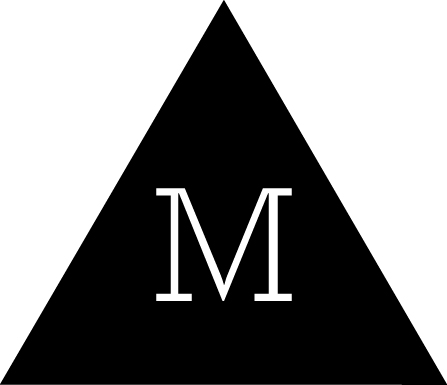Phillip Kremer: Stable Genius
Phillip Kremer is a self-taught artist working in Houston, Texas. He began developing his practice of manipulating google search images while working as a warehouse foreman in 2016. Since then he has gained widespread notoriety on the internet, especially by making controversial portraits of Donald Trump.
“It started with a picture I saw online, the guy from Scooby Doo. The picture had no face, and for some reason I started searching Google Images for ‘no face.’ I liked the idea of juxtaposing two things together, like baby parts and a priest’s face. There’s nothing pornographic or violent about the actual image, but at the same time you see it and connect--- priest- babies- skin- ew... WTF? I like that can make people start thinking [about bigger issues].”
Many of Kremer’s digitally manipulated portraits appear grotesque, lurking in the uncanny valley. The repetition of a single facial feature, or the replacement of eyes with some extra forehead, quickly transform celebrities into monsters. At the same time, Kremer’s images are funny. He plays with the appearance of politicians who commit monstrous acts, mocking them. If it feels unlikely that Betsy DeVos will be removed from her position of power, at least we can chuckle at her face combined with features of a drooling dog. For Kremer, comic relief is the main purpose of the work.
“I didn't want people to see [the portraits] and think I’m a total freak. It’s not about me- they’re just silly pictures. Sometimes they turn out serious, it kind of depends on my mood. Sometimes I don’t have weed... which is probably where some of the more grotesque ones come out.”
Kremer previously lived in Portland and Medford, Oregon, but returned to Houston in 2016 to care for his family. While Kremer focuses most of his time on work in the service industry, his art lives a wild life in Portland. One Grand Gallery and @stablegeniuscollection have teamed up with Kremer to print his images on white t-shirts. Some of the shirts are sold, while others are given to passerby during street performances: A rowdy satirical Trump supporter, dressed in a star spangled business suit and MAGA hat, roams the streets of Portland asking questions like “What does the J. in Donald J. Trump stand for? JUSTICE!” (If you haven’t yet, do yourself a favor and check out the videos by @stablegeniuscollection on Instagram.)
Much of Kremer’s work depicts Trump-- partially to encourage critical thinking in viewers, and partially to process his own feelings. “Ever since Trump got into office it’s been like Armageddon. “Things feel very different and surreal,” he says. I feel like I’m on really bad acid.” Kremer exhorts creative practice as a way to get through difficult times. He uses art and humor to face reality. “ I’ve been diagnosed with bipolar, or manic depressive disorder, but I kind of feel like I’m the normal one and everyone else is crazy.”
This month Phillip Kremer is presenting Stable Genius at One Grand Gallery. Second opening reception is May 24 from 7-10 pm.


















